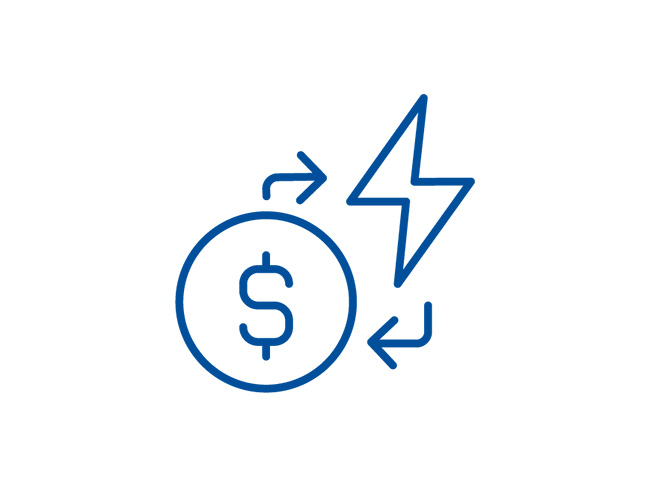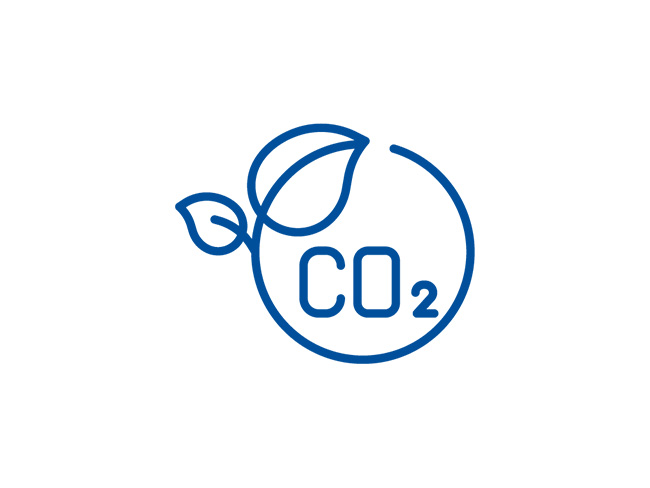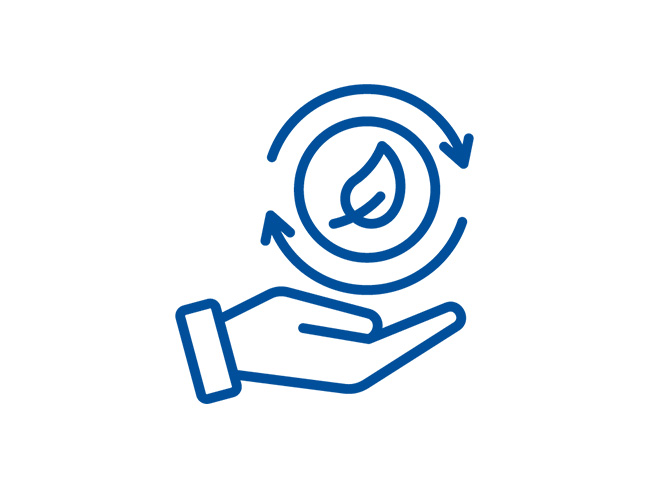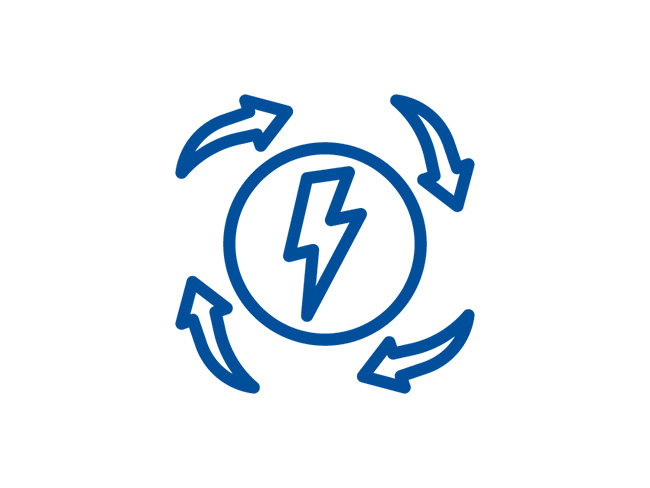Run with less energy and waste—make improvements visible, actionable, and sustained.
Energy and emissions goals compete with production realities. This page outlines a practical way to see where energy goes, act within process constraints, and track reductions without disrupting safety or quality. Start small, prove what works, then scale.
What you’ll get on this page
- A staged approach you can run with existing systems
- Clear KPIs
- Short Use Cases with links to OpreX™ Integrated Solutions pages

Why Yokogawa
- Constraint-aware optimization tightly integrated with plant operations
- Exception playbooks that sustain energy and emissions reductions over time
- Dashboards that track efficiency and sustainability metrics at line and unit level
Overview
- Challenge
Energy data is fragmented; actions are ad-hoc; reporting is time-consuming. - Approach
Build one experience: energy balance visibility → constraint-aware operating rules → continuous tracking of savings and emissions. - Outcomes
Lower energy intensity and cost, more reliable emissions tracking, less material and utility waste. - Primary KPIs
Specific energy per unit, utility cost per output, loss capture rate, exception closure time, tCO₂e (Scope 1/2) progress vs target.
We describe methods and typical goals. Actual outcomes vary by site conditions, data quality, and operating constraints.
-
Efficient and sustainable forest management with drones
Promote sustainable forestry with drones for efficient monitoring and early disease detection.
-
Holistic energy management through automation
Optimize energy management across all industries. Achieve efficiency, cost savings, and stellar performance by reducing energy waste and leveraging renewable resources.
-
Maintaining solar panel efficiency with drones
Maintain solar panel efficiency with regular drone inspections to detect damage early.
-
Enterprise Energy Management Services
A cloud-based energy management service that manages the energy consumption of utilities and energy processes without the need for extensive and expensive equipment modifications.
-
Combustion Safety & Optimization
Yokogawa is proud to offer a single source solution to improve combustion safety and efficiency in fired heaters.
-
Renewable Energy Management System
The management of distributed energy resources like solar and wind presents significant opportunities for enhancing grid stability and efficient power delivery. Properly addressing these challenges can facilitate the seamless integration of additional renewable resources, enabling the achievement of clean energy goals.
Details
Challenges
Do any of these sound familiar in your operations?
Energy consumption & cost management

- Usage and costs aren’t visible at the right granularity
- Actions are hard to prioritize
Emissions monitoring & reduction

- Data sources and boundaries vary
- Reporting takes effort, and reductions are hard to verify
Waste reduction & resource efficiency

- Losses (heat, utilities, materials) are spotted late
- Ownership for follow-up is unclear
How Yokogawa helps
Practical ways to address these challenges with your team
Make the energy balance visible

- Map meters and process signals to a simple balance by line/unit
- Set actionable thresholds tied to who acts and when
Operate with emissions in mind

- Define operating rules that include emissions limits and meters
- Log exceptions and route them to closure
Close the loop on losses

- Publish loss playbooks (pattern→action→timer→escalation) for heat/steam/air/material losses
- Review them on a fixed cadence
Use Case
[Case 1] Holistic energy management within constraints
When meters scatter and actions are ad-hoc, savings don’t stick. Map a simple balance by line/unit, set actionable thresholds that respect safety/quality, and route exceptions with owners and timers to sustain reductions.
Team achieves
- One picture of energy use and loss
- Clear “who moves when” rules
- Sustained gains instead of one-offs
![[Case1] Holistic energy management within constraints](http://web-material3.yokogawa.com/1/38679/tabs/ficiency_waste_reduction_decarbonization_uc_pic01.jpg)
[Case 2] Maintaining solar generation efficiency
Soiling and defects quietly erode output while field checks consume time. Detect loss patterns early, schedule cleaning/repairs proactively, and track recovery against targets.
Team achieves
- Earlier detection of loss modes
- Less reactive field work
- Visible recovery toward targets
![[Case2] Maintaining solar generation efficiency](http://web-material3.yokogawa.com/1/38679/tabs/ficiency_waste_reduction_decarbonization_uc_pic03.jpg)
[Case 3] Forest management supporting decarbonization
Unstructured field observations miss risks and slow intervention. Standardize aerial/ground checks, document conditions, and plan actions that measurably support decarbonization goals.
Team achieves
- Comparable observations over time
- Faster, prioritized interventions
- Evidence suitable for reporting and audits
![[Case3] Forest management supporting decarbonization](http://web-material3.yokogawa.com/1/38679/tabs/ficiency_waste_reduction_decarbonization_uc_pic05.jpg)
Solution Pick Up
-
Holistic energy management through automation
Optimize energy management across all industries. Achieve efficiency, cost savings, and stellar performance by reducing energy waste and leveraging renewable resources.
-
Maintaining solar panel efficiency with drones
Maintain solar panel efficiency with regular drone inspections to detect damage early.
-
Efficient and sustainable forest management with drones
Promote sustainable forestry with drones for efficient monitoring and early disease detection.
-
Combustion Safety & Optimization
Yokogawa is proud to offer a single source solution to improve combustion safety and efficiency in fired heaters.
-
Enterprise Energy Management Services
A cloud-based energy management service that manages the energy consumption of utilities and energy processes without the need for extensive and expensive equipment modifications.
-
OpreX Carbon Footprint Tracer
OpreX Carbon footprint Tracer (CFT) is a revolutionary service that calculates the carbon footprint of OT facilities and equipment throughout the supply chain. Leveraging energy-related data, raw material information, manufacturing specifics, shipping details, and more collected from factories, this cloud-operated service ensures precise measurement and reporting of Product Carbon Footprint (PCF) data, meeting regulatory standards.
-
Renewable Energy Management System
The management of distributed energy resources like solar and wind presents significant opportunities for enhancing grid stability and efficient power delivery. Properly addressing these challenges can facilitate the seamless integration of additional renewable resources, enabling the achievement of clean energy goals.
Looking for more information on our people, technology and solutions?
Contact Us